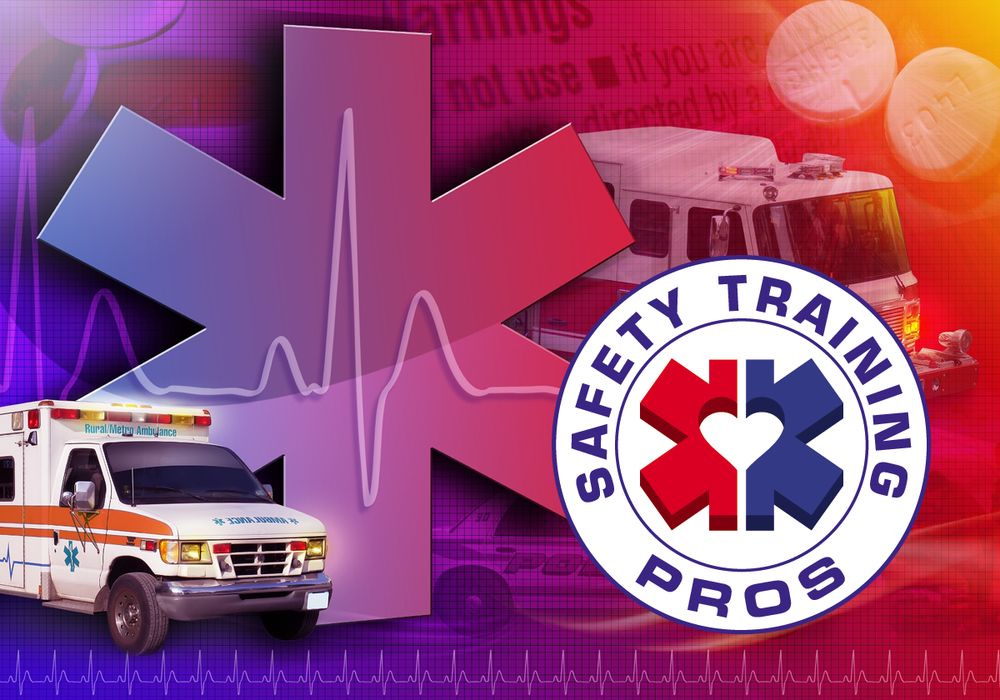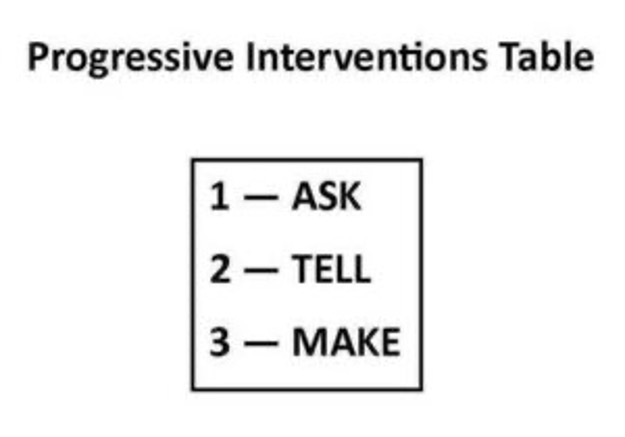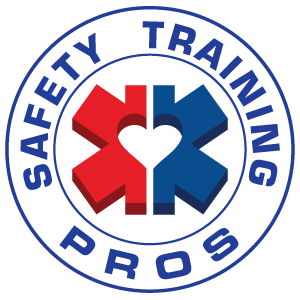This post was written by Pete DeQuincy Aquatics Manager, Fire Department/Lifeguard Services, East Bay Regional Park District and posted on aquaticpros.org.
The crucial goal that aquatic agencies strive for within staff is attentiveness and vigilance coupled with critical thinking which is consistently applied to an ever-changing aquatic environment. Aquatic supervisors have long been concerned about what lifeguards think about while in the lifeguard stand or on patrol. To address this concern, the aquatic industry developed specific physical mannerisms, techniques and changes in body positions to help increase lifeguards’ attentiveness. These include among others: systematic movement of the head when scanning, timed changes in body position while in the lifeguard stand, proper holding of the rescue tube for rapid deployment, and multiple scanning patterns to get better visual coverage of their zone of responsibility. This resulted in lifeguards that looked professional, attentive, and displayed proper head movement and readiness in the lifeguard stand.
The next phase within the aquatic industry developed red ball/cap drills, shadow/manikin drops, live audits, secret shopper audits, and Vigilance Voice talkbacks with the belief that the combination of physical cues and spot checks would verify lifeguards were recognizing distressed and drowning victims. While we may not know what lifeguards are thinking we can at least test for our desired result. We train our staff to identify the distressed and drowning victim and to respond to aquatic emergencies; however, we struggle at training our staff to identify potential victims and prioritizing how to prevent aquatic emergencies from occurring. The key in training staff to recognize and take preventative measures on potential victims is developing critical thinking. Attentiveness without critical thinking provides false security. Training in vigilance is wasted effort unless it is combined with critical thinking because vigilance alone won’t help the lifeguard, the agency or the public we serve.

How does one train a lifeguard to think critically? Traditionally, new lifeguards were shadowed by veteran lifeguards who had four to five years of experience of busy days, slow days, hot days, cold days, minor and major rule enforcement issues, and minor and major aquatic incidents. The goal of the veteran lifeguard was to train and develop the new lifeguard in what they were seeing, how to differentiate the critical and non-critical situations, and how to see the potential victim in every patron. This type of training would take a new lifeguard one to two seasons to progress into a proficient lifeguard capable of handling almost any type of incident.
However, the aquatic industry continues to experience a veteran lifeguard shortage, where the average veteran lifeguard who previously stayed four or more seasons now only stay for two to four seasons. Limits on hours a seasonal employee can work, low wages, or the need for an internship prior to starting a full-time career are among some of the common reasons why veteran staff is leaving. This has resulted in a shrinking of veteran lifeguard ranks that provided this mentoring and guidance for the development of critical thinking skills in novice lifeguards. Below is a three-part methodology with supportive documents that provides a formalized process for lifeguard supervisors to guide the development of a lifeguard’s critical thinking which will result in more effective surveillance. The methodology is to be used in combination with the physical mannerisms, audits and spot checks discussed above. This Critical-Thinking Methodology includes:
A detailed system of how to incorporate preventive critical thinking while in the lifeguard stand or on patrol
The Progressive Intervention Decision Tree
A method for making preventive interventions with a clear decision path
The Critical Thinking during Surveillance Checklist
A checklist to assess lifeguard’s surveillance and a platform to develop their critical thinking skills
The Critical Thinking Reel
The Critical Thinking Reel was developed to move lifeguard’s surveillance from only searching for physical characteristics of distressed and drowning victims to also include assessing for potential victims. For the purpose of this methodology we are defining potential victims as patrons who are not currently compromising their personal safety or breaking any rules, however, if the situation or their behavior changes, they would compromise their personal safety. By expanding surveillance to include potential victims, lifeguards will be more successful at prevention. Rather than waiting for dangerous behavior and then responding to or rescuing a distressed or drowning victim within a limited amount of time, actions will be taken to prevent the emergency from occurring.
The Critical Thinking Reel consists of three questions that should be incorporated while the lifeguard is providing active surveillance. The questions are simple and allow flexibility for a changing environment. Here are the three Critical Thinking Reel questions:
- Who – Who are the potential victims within the zone of responsibility? (From high risk to low risk)
- Why – Why are they potential victims? (Lifeguards should analyze patrons’ physical characteristics, behavior, attire, mannerisms, activities, group dynamics, location within the zone of responsibility, and/or a combination.)
- What – What intervention(s) would the lifeguard prescribe for each potential victim if they transitioned into a distress or drowning victim and what intervention would the lifeguard prescribe to keep them from becoming a distressed or drowning victim? Intervention could be a physical response, a rescue, or a one-on-one educational contact.
All three questions should be asked and answered within one visual scan of the zone; each visual scan should be completed within roughly 20 seconds and should be under the umbrella guideline: “If there is an immediate action needed within the zone, it should be immediately addressed.”
The Critical Thinking Reel diagram provides a visual reminder of the three questions in a simplified format along with how long the scan should take. It also provides a simplified version of the umbrella guideline (the ASSESS question) cueing the lifeguard to always ask if there is an immediate need for an intervention within the zone of responsibility.
If the answer to the ASSESS question is “No,” then the lifeguard should return to the Critical Thinking Reel and begin a new visual scan, asking the same three questions.
If the answer to the ASSESS question is “Yes,” proceed to the Progressive Intervention Decision Tree, described below.
The Progressive Intervention Decision Tree
The Progressive Intervention Decision Tree was developed to assist staff in providing clear progressive steps to rule enforcement to encourage a change in the patron’s behavior or activity. It covers three points: Ask, Tell, Make (based off of Dr. George Thompson’s, Verbal Judo. Here is the progression:

Ask: The “Ask” phase starts with the lifeguard getting the attention of the patron with an audible cue (voice or whistle), or a non-verbal cue (hand signals or eye contact), or by using a combination. Once the lifeguard has gotten the attention of the patron, the lifeguard will “ask” the patron to stop the behavior or activity. The lifeguard should be direct in the request, and it should be done quickly while in the lifeguard stand or on patrol.
It is easy for lifeguards to get caught in the “Ask” phase and continue to repeatedly make the same request of the patron. Without knowing it, the repeated ask of the patron becomes a distraction to the lifeguard’s surveillance duties, compromising the safety of all the patrons. This is why it is important to move into the “Tell” phase after utilizing the “Ask” only once.
Tell: The “Tell” phase deals with contacting the patron a second time and explaining why they need to stop the behavior or activity. This phase will be completed by having the initial lifeguard ask for a back-up lifeguard or aquatic supervisor to make the second contact. The lifeguard in the stand could make the contact however this would require them being relieved from the stand to do so, and adequate replacement coverage in place prior to leaving the stand and their zone of responsibility.
This contact is one-on-one with the patron and could take several minutes to complete. The lifeguard or aquatic supervisor meets with the patron, sets the groundwork and context of the contact by explaining why the lifeguard is contacting them, the rule that is being violated through the behavior or activity, and the need to stop the behavior or activity. If the patron resists complying, the lifeguard will list specific options to encourage a change in the patron’s behavior or activity.
If the patron continues to resist compliance, the lifeguard will confirm that the patron is going to be non-compliant by using the phrase, “Is there anything I can do Sir/Ma’am to get you to (a desired change behavior or activity)? I would like to think so.” When the lifeguard is at this point of the contact, additional staff is preparing to move into the “Make” phase.
Make: The “Make” phase is where aquatic staff mobilizes to get the patron to comply. This can be done by keeping the patron from doing the behavior (non-physical contact), activating additional resources to assist (aquatic management or public safety), or even closing the section where the patron is until compliance is met. IMPORTANT: Staff will stay with patron (or within a safe distance) until the behavior or activity is resolved.
The Progressive Intervention Decision Tree is a visual reference for all aquatic staff on how enforcement should progress and when a lifeguard should return to the Critical Think Reel. Remember, the objective of the lifeguard in the stand is to provide full active surveillance to their zone of responsibility.
The Progressive Interventions Table, a highly paired down version of the Progressive Intervention Decision Tree, was developed to provide a quick and simplified reference for staff on the progression for rule enforcement.
The Critical Thinking during Surveillance Checklist
Once lifeguards begin to use the Critical Thinking Reel and the Progressive Interventions Decision Tree, aquatic supervisors will still need to assess whether critical thinking is taking place in the lifeguard stand. The Critical Thinking during Surveillance Checklist was developed to provide lifeguard supervisors a systematic-standardized progression on how to assess and improve a lifeguards’ critical thinking.
The Checklist is set-up as a three-part walkthrough to guide aquatic supervisors in: assessing the lifeguard’s zone of responsibility prior to assessing the lifeguard, assessing the lifeguard during surveillance, and meeting with the lifeguard to compare who was identified as a potential victim and why.
Section 1: Evaluate Safe Swimming
In this section, the aquatic supervisor conducts a pre-check of the lifeguard’s zone of responsibility prior to doing an assessment of the lifeguard’s surveillance abilities. The aquatic supervisor will determine if the zone of responsibility is safe, and if not, the supervisor will take action to make the lifeguard’s zone of responsibility safe, a learning opportunity in itself. If the zone is deemed safe, the supervisor will determine the potential victims within the lifeguard’s zone of responsibility. The supervisor will note his/her list of potential victims to be used later in Section 3: Compare Potential Victims.
Section 2: Evaluate Lifeguard’s Surveillance
In this section, the aquatic supervisor observes the lifeguard, and then answers several questions:
- Is the lifeguard in position in the stand that is conducive to surveillance?
- Is there a distinguishable scanning pattern that can be observed?
- Does the lifeguard pause to focus in on individual patrons or groups?
- Does the lifeguard “look into” the water (only for clear water facilities)?
- Are the visual scans of the zone about 20 seconds?
- Does the lifeguard look ready to implement an intervention or rescue?
- Is the equipment ready to use?
- The supervisor will document their answers and add additional notes if necessary.
Section 3: Compare Potential Victims
In this section, the aquatic supervisor will meet with the lifeguard to compare potential victims within the zone of responsibility. The supervisor will have an additional lifeguard step in to provide zone coverage while the lifeguard in the stand steps down to meet with the supervisor. The supervisor will ask a series of “Ask the Lifeguard” questions that explains why patrons were determined to be “potential victims”, the type of intervention needed for each potential victim, any alternate intervention solutions, and the outcome the lifeguard would be hoping for from each intervention.
Once the lifeguard has responded, the aquatic supervisor would explain their list of potential victims, why they were the potential victims, the necessary and alternate interventions, and the expected outcomes. The supervisor and lifeguard will compare their lists and note any differences.
This section of the checklist provides the experienced aquatic supervisor the opportunity to impart their experiential knowledge of the facility, the clientele, aquatic bottom contours or features that would help or hinder the lifeguard, weather conditions and time of day that would affect the zone, and how crowd sizes affect the zone. This comparing and sharing of knowledge builds the lifeguard’s knowledge base to make them more effective and engaged during surveillance, and provides the supervisor a way of measuring the lifeguard’s critical thinking progress. There is also a double benefit that comes from the mutual sharing between the lifeguard and the supervisor, as supervisors get the opportunity to collaborate and strengthen their own critical thinking skills; the idea that two heads are better than one.
By applying the Critical Thinking Reel to how lifeguards should critically think while in the lifeguard stand and utilizing “Ask, Tell, Make” as a standardized methodology of enforcement, lifeguards will become successful at connecting what they see and how to respond to what they see in a quick, appropriate and professional manner. They will find that their newly acquired skills will allow them to be proficient and capable of lifeguarding any type of shift (recreational swim, swim lessons, lap swim, etc.) Lastly, by coupling this methodology with the use of physical mannerisms, techniques, body posture and supervisory spot checks, the aquatics industry will create a more effective lifeguard and a stronger surveillance system at preventing drownings and saving lives.
